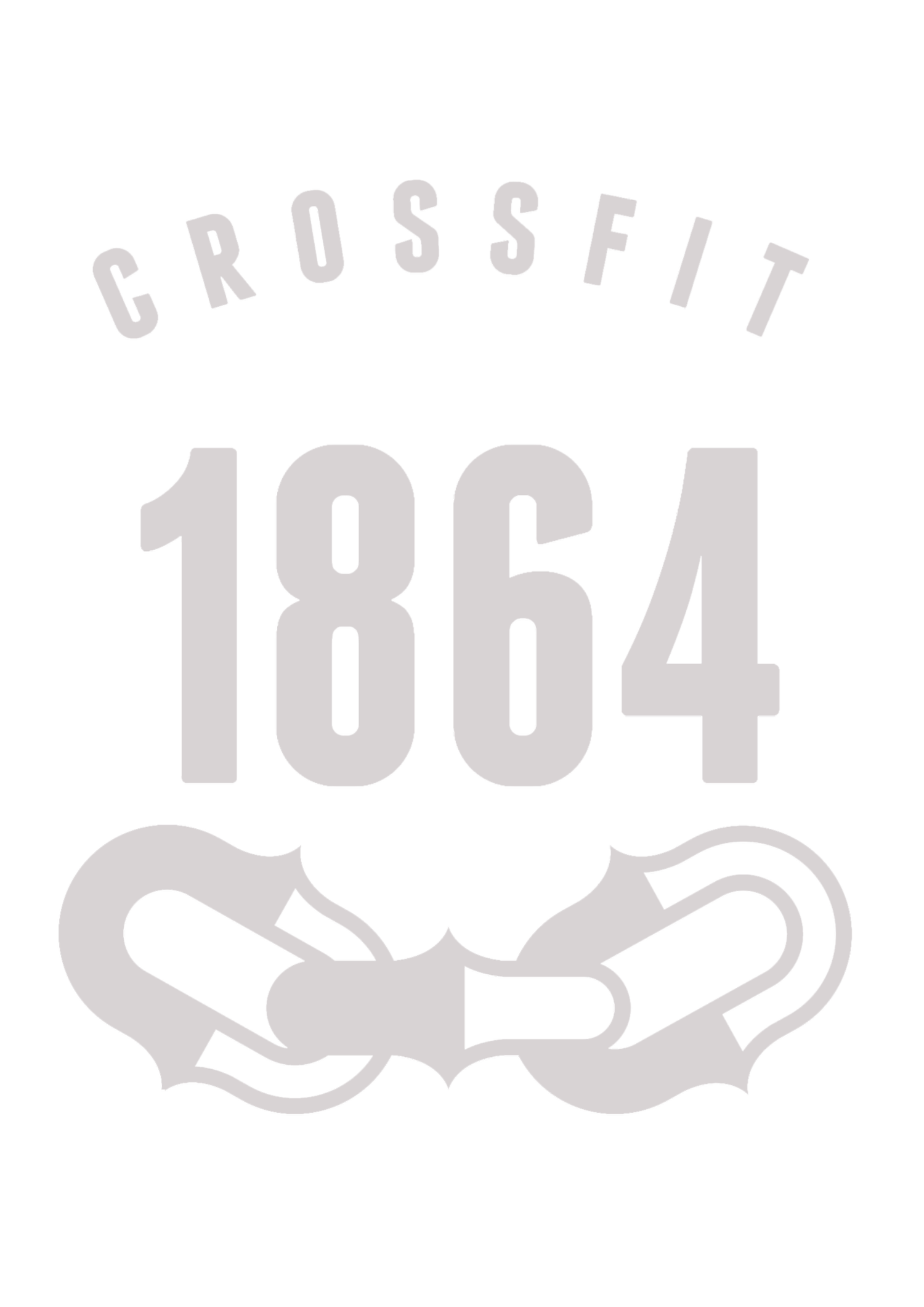Understanding Scaling to Personalize your Training sessions
I wanted to address a common misconception about scaling in our workouts.
Many think scaling makes the workout easier, but the reality is, when done correctly, scaling can intensify your training and help create the adaptations needed for improvement.
The Misconception About Scaling
Scaling isn't a sign of weakness. It's a tool to refine technique and skill, prevent injury, and ensure continuous progress. Often, people feel offended when a coach suggests scaling, but it's essential to view it as a strategy for honing your skills and optimizing your training.
This misunderstanding stems from the confusion between training and competing. In our CrossFit classes, we're here to train, not compete. Embracing this mindset shift is crucial for achieving an elite approach to your training.
The Importance of Mindset Shift
This mindset shift is seen in many other sports as well. For example, in football, teams run plays or work on situations based on the strengths and weaknesses of the squad. This is also a form of scaling, tailoring practice to enhance overall performance.
In football, not every player is expected to execute the same play with the same effectiveness. Coaches design drills that cater to individual players' skills and development needs. This targeted approach helps the team as a whole become more cohesive and effective. Similarly, in CrossFit, scaling allows each athlete to focus on their unique needs, improving their overall performance.
The Science Behind Scaling
Scaling is rooted in exercise science. When we scale workouts, we adjust the intensity to match our current fitness level, which is essential for stimulating the right physiological responses. By doing so, we can ensure that our bodies adapt correctly and avoid overtraining or injury.
For instance, lowering the weight in a conditioning workout helps you maintain the desired heart rate and intensity, ensuring that you get the intended cardiovascular benefits. Conversely, pushing too hard with weights that are too heavy can lead to poor form, fatigue, and increased risk of injury.
In gymnastics, doing fewer reps with better quality ensures that you are building the correct motor patterns and strength. This foundation is crucial for progressing to more complex movements safely and effectively. Quality always trumps quantity in training, and scaling allows you to focus on this principle.
Scaling in Practice
Let's dive into some practical examples of how scaling works in our CrossFit classes:
Weightlifting
Scaling weightlifting movements can be particularly effective for building strength and technique. One approach we use is the "top-down" method. This means teaching all lifts from the hip down. Here’s how it works:
1. High Hang: Start at you hip. This position emphasizes the final pull and helps athletes understand the importance of explosive jumping.
2. Hang or Launch Position:
Next, move to the hang or launch position, which is just above the knee. This position helps athletes learn to generate power from a slightly lower starting point, maintaining the correct posture and balance.
3. Below the Knee:
Once proficient in the hang positions, athletes can start from below the knee. This phase introduces a longer pull, incorporating more leg and back strength while ensuring the lift remains controlled and technically sound.
4. From the Floor:
Finally, lifts are performed from the floor. This full-range movement requires athletes to combine all previous positions into a smooth, powerful lift.
Adjustments in this progression depend on the athlete's strengths and weaknesses. For instance, an athlete struggling with maintaining back tension might spend more time practicing from the hang position before moving to below the knee.
Conditioning Workouts
In a high-intensity conditioning workout, the goal is to keep your heart rate elevated and maintain a steady pace. If the weight is too heavy or the reps too high, you might end up taking long breaks, which defeats the purpose of the workout. Scaling the weight or reps ensures you stay within the intended intensity zone, maximizing cardiovascular benefits.
Gymnastics Movements
For gymnastics movements like pull-ups or handstand push-ups, quality is key. If you are still developing the strength and technique, scaling might involve using bands for assistance or performing a scaled-down version of the movement. This approach allows you to build the necessary strength and skills progressively, setting you up for long-term success.
The Long-Term Benefits of Scaling
Embracing scaling in your training has long-term benefits. By focusing on proper technique and gradually increasing intensity, you create a solid foundation that will support more advanced training in the future. This methodical approach reduces the risk of injury and ensures sustainable progress.
Scaling also fosters a positive training environment. When everyone understands that scaling is a personalized strategy for improvement, it removes the stigma and promotes a culture of continuous learning and growth. This mindset shift empowers each athlete to take ownership of their fitness journey, celebrating their unique progress.
Training vs. Competing
It's essential to understand the difference between training and competing. In our CrossFit classes, the goal is to train, not compete.
Training is about making incremental improvements, focusing on form, and building a strong foundation. Competing, on the other hand, is about testing your limits and pushing your boundaries.
When you train with the mindset of improvement rather than competition, you are more likely to embrace scaling. You recognize that each session is an opportunity to get better, not to prove yourself against others. This approach leads to more consistent progress and a healthier, more enjoyable fitness journey.
Let's embrace scaling as a powerful tool in our training arsenal. It's all about personalizing your journey to fitness excellence. Remember, scaling is not about making the workout easier; it's about making it appropriate for your current level, ensuring you get the maximum benefit from every session.
Stay strong, stay focused, and keep progressing.
Kike Yepes

